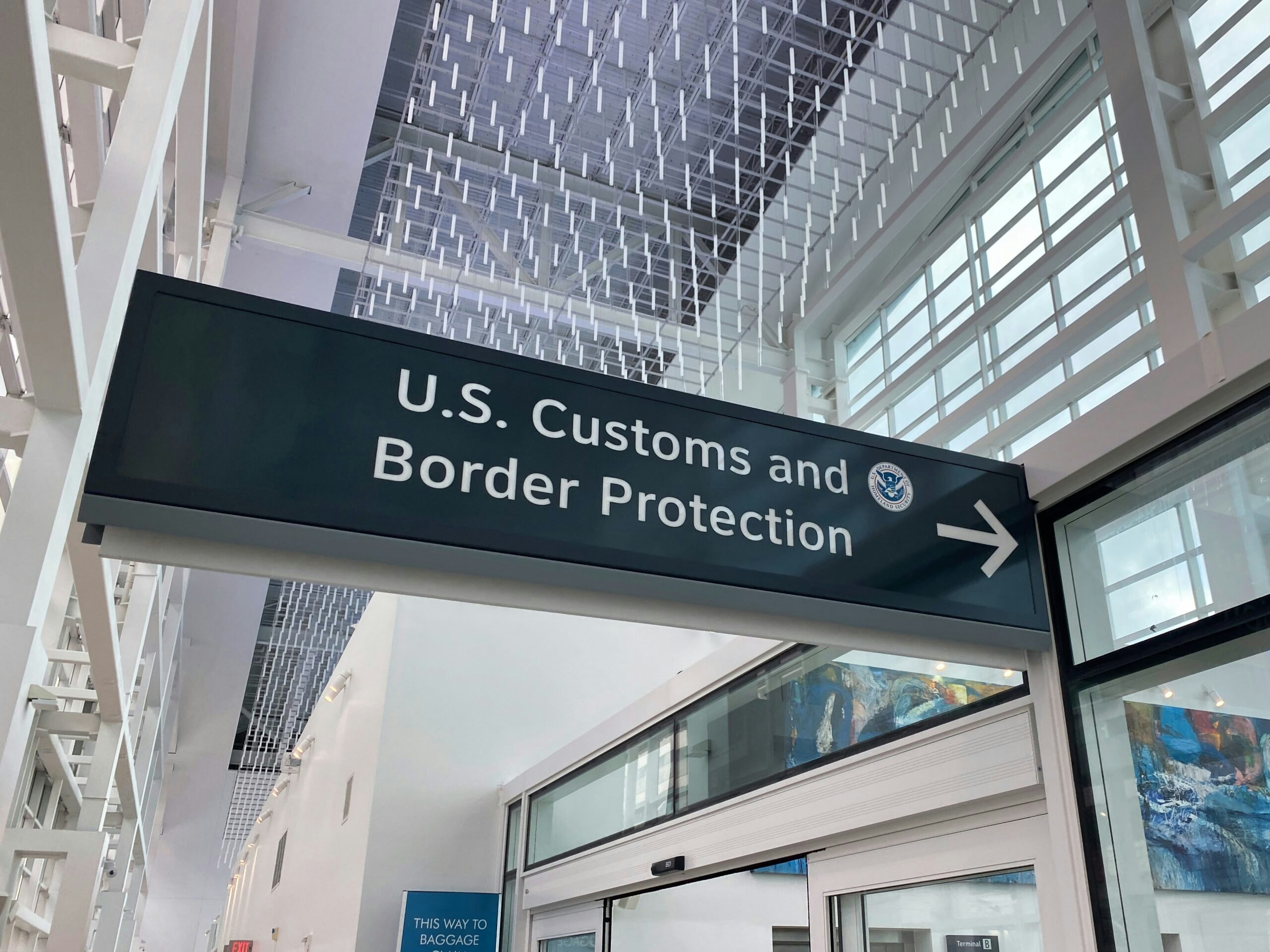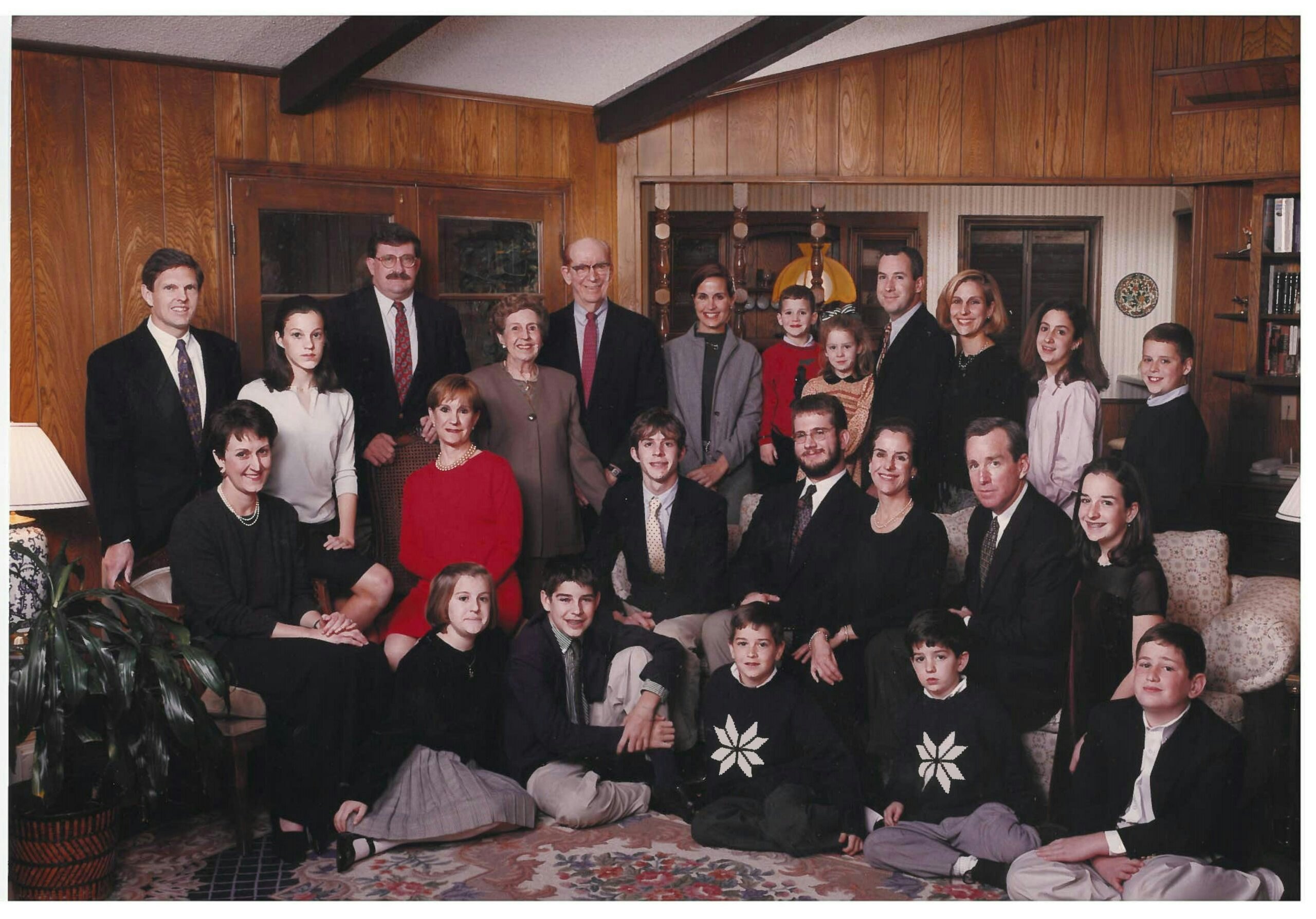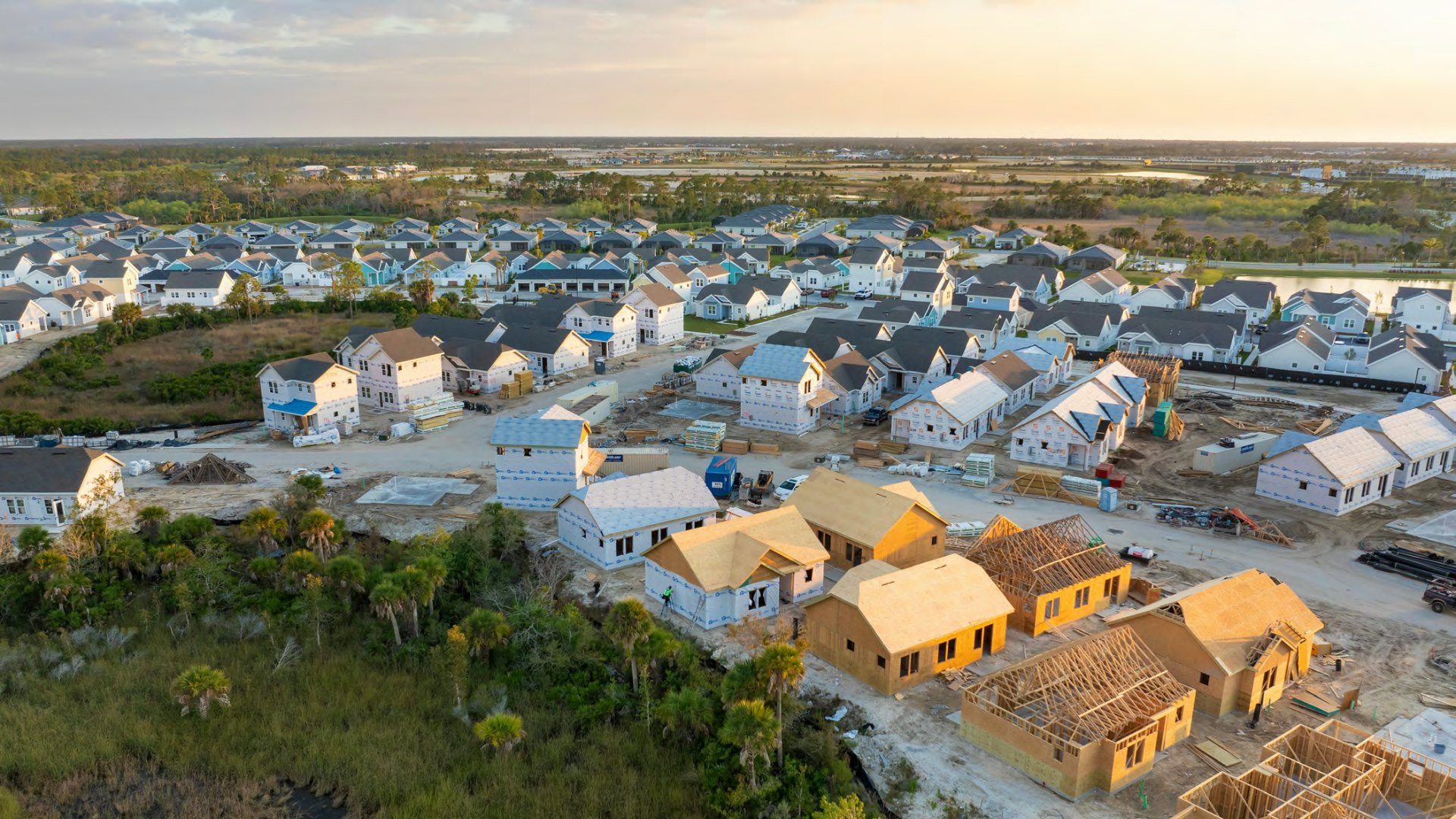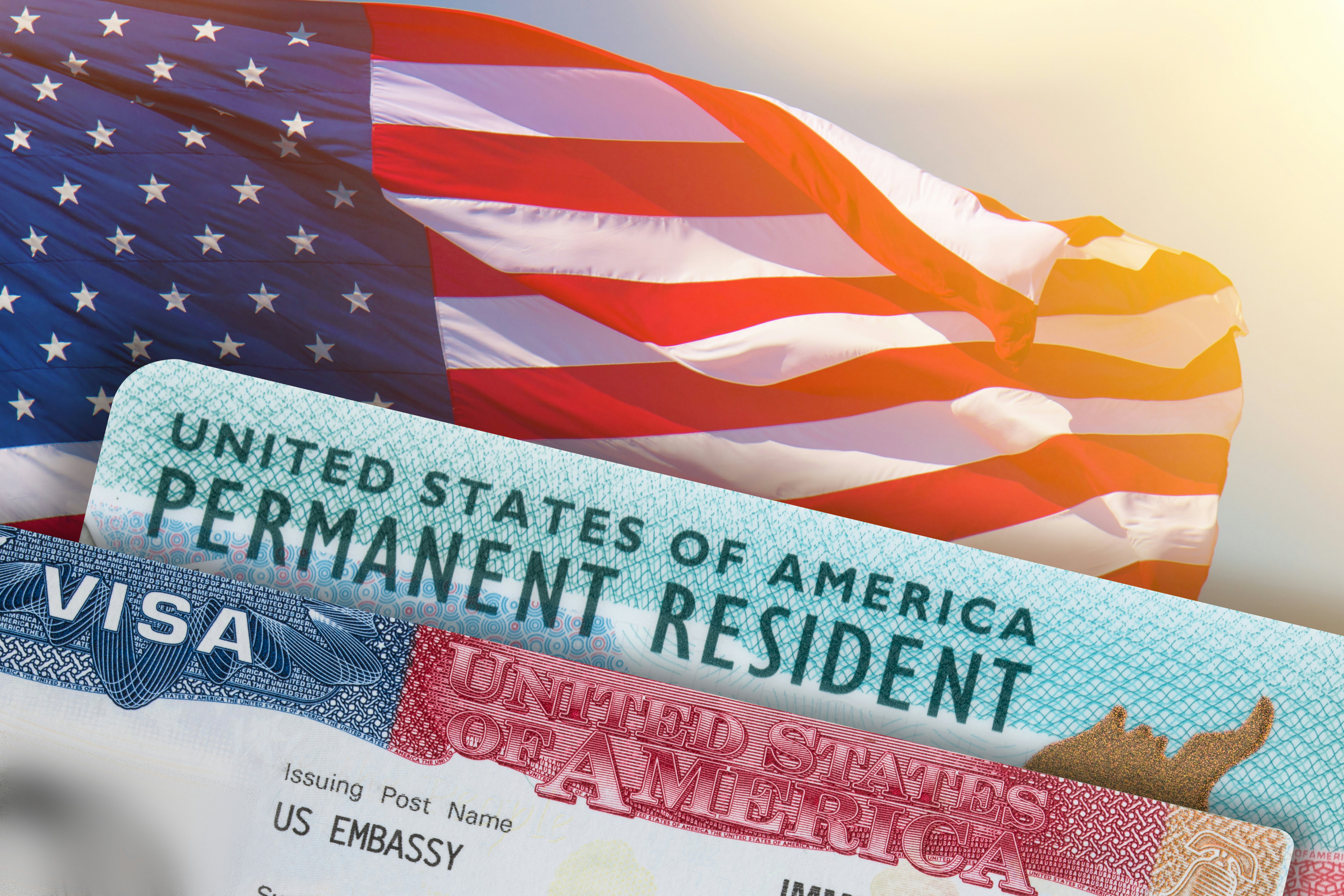Immigrants and refugees have contributed to our communities since America’s inception, and we are well served when we offer a helping hand in the short term so that they can rebuild their lives.
The Biden Administration expects to resettle 95,000 Afghan evacuees in communities across the United States by September 2022. Only Hawaii, South Dakota, West Virginia, and Wyoming aren’t slated to receive any in the first wave of resettlements.
Immigrants and refugees have contributed to our communities since America’s inception, and we are well served when we offer a helping hand in the short term so that they can rebuild their lives. Afghan evacuees are not a monolith. Some come to the United States with strong English proficiency and years of experience working as entrepreneurs or community leaders or for the United States military. Others, especially women, have had limited opportunities to achieve an education or learn English. City governments and resettlement agencies cannot respond to these diverse needs on their own.
Because of this, the State Department launched a partnership with the nonprofit Welcome.US to coordinate the resettlement efforts to meet these disparate needs and encourage groups working with Afghan evacuees to think creatively about how they can channel their unique skills and resources to help our new Afghan neighbors. President and Mrs. Bush, President and Mrs. Obama, and President Clinton and Secretary Clinton are honorary co-chairs of the effort, highlighting the necessity for a whole-country response to the challenge (and opportunity) presented.
State and local governments, nonprofit organizations, and private-sector companies all have important roles to play. In the short term, evacuees need housing, clothes, furniture, and other basic supplies. Over the next several months and years, policy and practice change is needed to ensure that our new Afghan neighbors learn, earn, belong, and contribute to the United States.

























